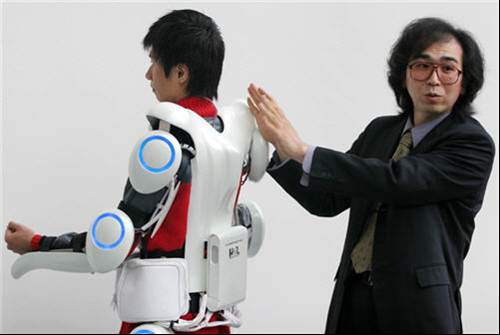Engineers develop metal tags that you can attach to common objects and turn them into “smart” devices
11/07/2018 / By Edsel Cook

Turning an everyday object into a smart device is now as easy as slapping a metal tag on it. Capable of being produced by any 3D printer, the electronic tag hooks up the item to the Internet of Things, an article in Science Daily stated.
Dubbed “LiveTag,” each unit is made up of substrate materials. The surface of the tag bears a 3D printed design made of copper foil that reflect WiFi signals from a router. When the user touches the tag, the reflected WiFi signals get disrupted. The interruption can be detected by a smartphone or similar WiFi receiver.
A LiveTag can be attached to anything. Its recipient is not required to be electronic; it could be a door or a wall or a bottle of water. An object tagged this way becomes a smart device that is connected to the Internet of Things. When it is being used, it will inform a watching WiFi device of the event. So you will know when someone, for example, is eating that tagged chocolate you explicitly forbade everyone else from touching. (Related: Terminator REBOOTING: Smart microchip can self-start and operate even when the battery runs out.)
3D printed tag can turn anything into a smart device
Furthermore, LiveTag can be printed as a slender keypad or a control panel for a smart home. When used this way, the tag can remotely control Internet of Things appliances through their WiFi connection.
“Our vision is to expand the Internet of Things to go beyond just connecting smartphones, smartwatches and other high-end devices,” explained University of California San Diego (UCSD) researcher Xinyu Zhang, who wrote the research paper describing the new printable metal tag. “We’re developing low-cost, battery-free, chipless, printable sensors that can include everyday objects as part of the Internet of Things.”
Zhang explained that LiveTag is designed to reflect selected radio signals within the frequency range covered by WiFi. The signal can be altered by swapping out the copper for a different material and printing a new design on the substrate. Doing so allows the tag to reflect other signals, such as the ones given off by Bluetooth, cellular, and LTE emitters.
LiveTag is almost free of maintenance. It does not have any electronic parts, such as computer chips, and it works entirely passively, which removes the need for batteries or other power sources.
These tags will one day be able to control the Internet of Things
In their presentation, the UCSD researchers demonstrated how LiveTag could be used as a music player controller. They printed out a tag to serve as a button for playing and pausing songs, another one for switching to a new track, and a sliding bar for volume control.
The controller was able to remotely trigger a WiFi receiver during the demonstration. Its designers claim that it will be eventually able to control music players and speakers that are connected to the WiFi. In addition, the tag could be added to any ordinary surface, such as the armrest of the user’s favorite chair for lounging to good music.
Zhang’s team also showed how LiveTag could be used to keep track of hydration levels. They printed out a tag with several resonators and applied it to a non-metallic water bottle. When the water inside the bottle reached a certain level, an appropriate resonator would activate. This would remind the user to drink more water.
Another use is to monitor the way humans interact with common objects. It could potentially keep track of how discharged patients are behaving at home.
If you wish to learn more about the efforts to hook everything up to the Internet of Things, visit FutureScienceNews.com.
Sources include:
Tagged Under: 3D printed parts, badtechnology, Internet of Things, scary technology, smart devices, smart homes, smart tags, smart technology, Smartphones, tracking, WiFi



















